DMZ Tour & Third Tunnel of Aggression
Two weeks ago, on the last day of the school semester, I went on a trip with my school’s faculty to the Demilitarized Zone.
Those unfamiliar with the DMZ should check out this Wikipedia page. In short, the DMZ is hilariously misnamed as it is one of the most heavily armed regions of the world.
The bus trip was only an hour away from my school. The closer we got Paju, the district the DMZ resides in, the more security I saw. Riverbanks had concertina wire; pillboxes were built into hills; tank stoppers scattered on the highway and armed personnel patrolled the region.
When we got to the main checkpoint, we had our IDs checked by ROK soldiers to make sure we were cleared for the area.
The DMZ is still considered dangerous. Back in the 1970s, firefights and small battles broke out often. Even today, despite the relative calm, seeing warnings for landmines was an uneasy reminder of this fact.
Once we got into the restricted zone the first stop we made was at the Third Tunnel of Aggression. ROK forces discovered this DMZ- passing tunnel in 1978. The Korean People’s Army (KPA) built the tunnel under the heavily mined DMZ in order to move troops and equipment across the border in the event of an invasion of Seoul by Kim il-Sung. It’s estimated an entire infantry division could move through the tunnel in one hour. It was about a mile long, six feet tall, seven feet wide and now serves as a tourist destination.
Visitors get a short video on the history of the region, the war and an explanation of the tunnel. Afterward, we got on some slow trams that looked like mine carts and were taken 1KM into the tunnel at about 70 feet in depth.
Sadly we weren’t allowed to take pictures inside. However, the inside was a cramped, wet tunnel that ended with a barricade and a sealed door with more concertina wire. The most hilarious part of the whole tunnel was the granite walls painted black. After the initial discovery (the first two tunnels were discovered in 1974 and 1975 and the fourth in 1990) the KPA denied any involvement. They then backtracked and said they built the tunnel for peaceful purposes to mine coal. The best part is that there is absolutely no coal in the region. Just granite. The granite was painted black to make it look like coal in an attempt to trick the South. Right…
The historical information provided on the tour was much more compelling than the actual tunnel. The simple 500m walk from front to back in cramped spaces with dead-end wasn’t that exciting.
Dorasan, Part 1
The next part of our trip was to the Dorasan Observatory, one of several observatories of the North and the DMZ. This was the most compelling part of our tour as I finally got a solid look at one of the most closed-off nations in the world.
I had seen the North in the horizon on a trip to Gangwha Island several months back. This time, however, I could see a village, some farms and the North’s own military presence. It was all less than three kilometers away.
The observatory was another place where photos were forbidden. I tried to get a good shot from the back of the viewing platform. Ten feet away from the ledge, however, pictures could be taken. I was able to get some shots of the Propaganda Village across the way (more on that later) and some of the vegetation throughout the DMZ by sticking my camera in air taking blind pictures.
The meaning of the DMZ has changed quite a bit over the years. This 2KM wide, mine-ridden space may bisect the Korean Peninsula, but it also serves as one of the most pristine nature preserves in the entire world. Unlike other nature preserves, this literal no-man’s land has allowed many endangered species to flourish in relative peace. There have been reports that the Asian tiger still inhabits this region. With the knowledge of this preserve, Koreans have sort of taken pride in it. So much so that in Korea, one company sells “DMZ Mineral Water.” The image of the DMZ as a space of natural splendor is embodied on the water bottles label. The thoughts of war, division and history are completely removed from the idea of the DMZ as a nature preserve. It’s quite an interesting thought.
So, after looking across this thin strip of nature, I could see the country that the world fears, despises and is also fascinated by. I am staring at a relic of the Cold War. This is one of the remaining pre-9/11 “Good Guys versus Bad Guys” countries. America now fights ideas, strategies and thought, not an evil incarnate in the form of a totalitarian leader. How could a victory over a strategy like terrorism have the same feeling of satisfaction as a VJ-Day parade? How do we even claim victory over ideas? Now, our bad guys aren’t red, but gray. Politics, economics and history now create frenemies and ambiguity to what is just and unjust.
Some people in America are wistful for a time of intense heroics with black and white politics, evil nation-states and their leaders. Nothing is more evident to me than video games like “Modern Warfare 2”, in which a modern Russia invades the US, just like a Cold War fantasy. In another video game, to be released in 2011, North Korea invades and occupies the United States. Called “Homefront,” and written by John Milius, who also wrote the original “Red Dawn,” this first-person shooter pits American rebels in Colorado against a now-unified and mighty KPA. It’s all crazy talk. Here’s the trailer to prove it:
But back to my trip…
Looking across the DMZ, I didn’t see a country that could one day invade the South, all of Asia and the United States. I saw a poor, starving nation trying very hard to save-face against the rest of the world. I saw a nation so poor and entrenched in ludicrous ideology that its leaders would rather have its people starve to death than ask for help, or compromise the tarnished veneer of its military force. That’s where the Propaganda Village comes in.
Almost on the immediate North Korean side of the DMZ stands the world’s tallest flagpole with the blue, white and red DPRK flag waving about. At the base sits a small village, called Gijeongdong, that almost looks like a Christmas model display. There’s a school building, a hospital, several gray late-1950’s Soviet-style housing blocks and an empty road. It’s vacant, lifeless and very odd looking. That’s because nobody actually lives in this village.
The DPRK maintains that 200 families live in Gijeongdong. However, experts and defectors have said that the village is actually empty. It was built at a time after the war when both Koreas were rebuilding after the cease-fire. It was meant to show residents in the South that life in the North was worth defecting for. Electric lighting was installed at a time before most people on either side even had electricity. Supposedly, skeleton crews go through at night and maintain much of the village’s image to make it look clean and nice. To everyone else, it just looks silly.

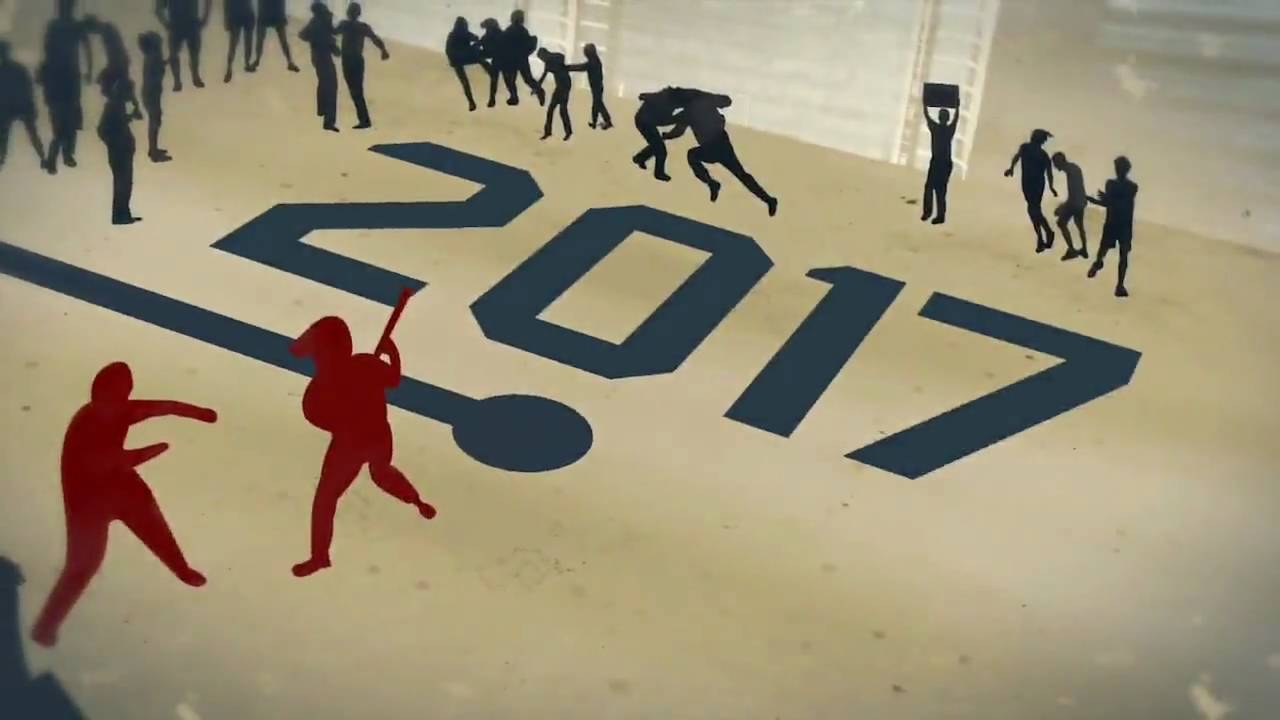
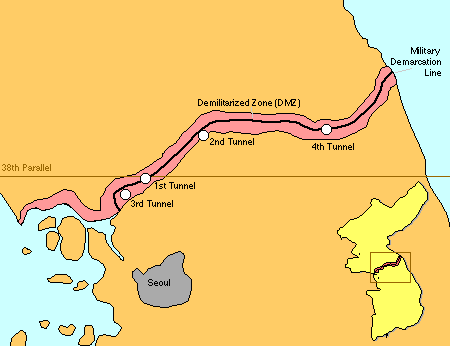
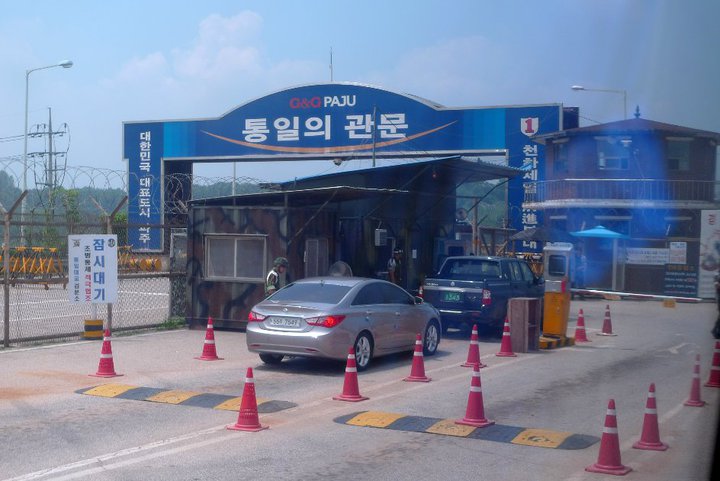
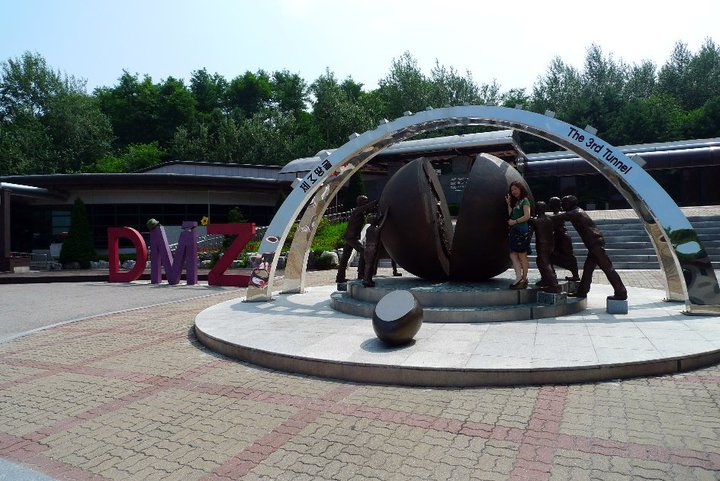
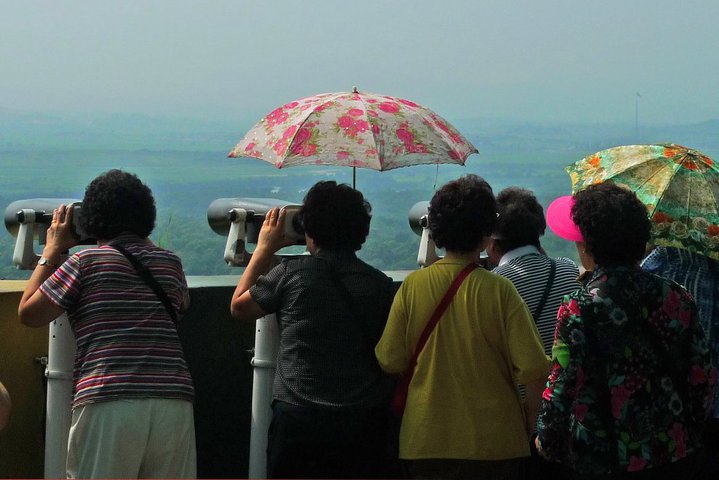
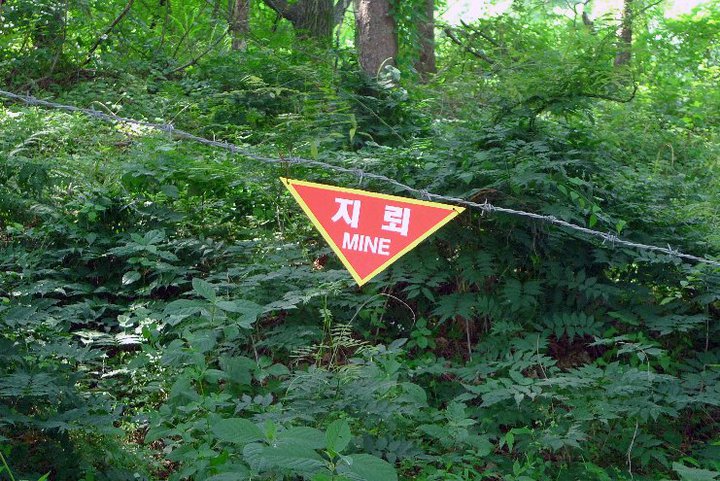
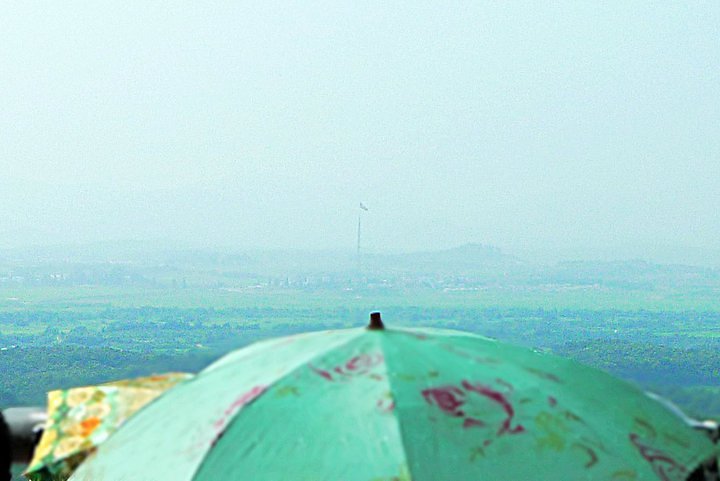
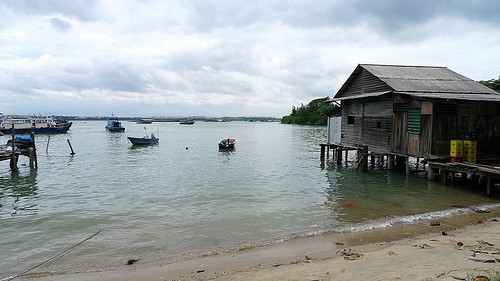

One thought on “DMZ Tour, Part 1”